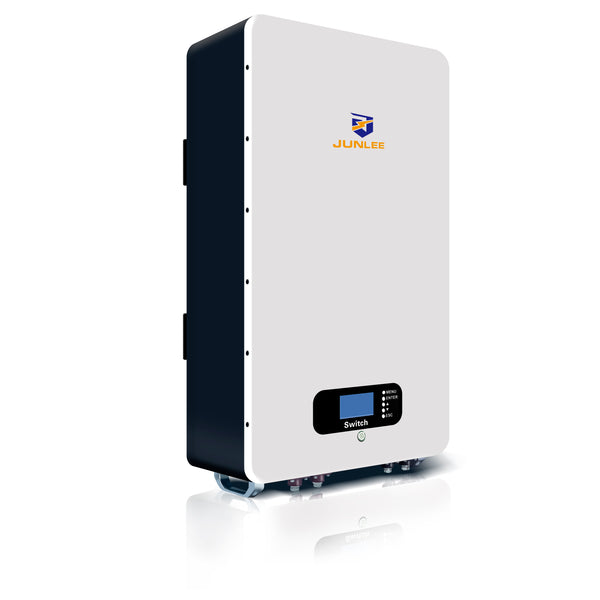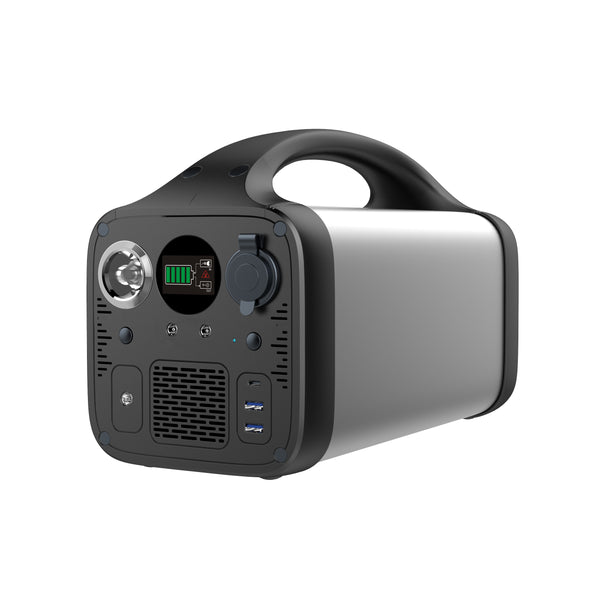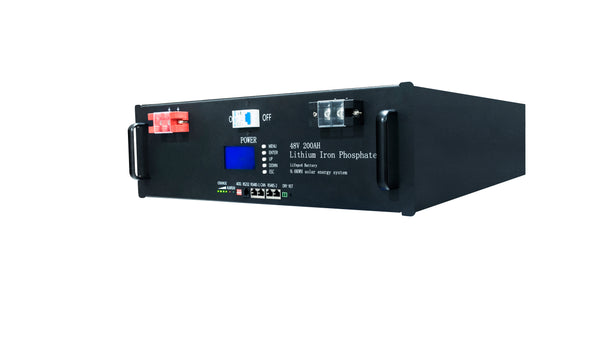Energy storage is an important means of achieving social carbon emission reduction and an indispensable new energy infrastructure for a future zero-carbon society. The downstream application scenarios of energy storage are diverse, and the selection of core components such as energy storage battery devices is also different in different scenarios.
According to the differences in terminal application scenarios, GGII divides energy storage into four categories: electric energy storage, communication energy storage, household storage, and portable energy storage. The energy storage market in different scenarios pays different attention to lithium battery products, but for lithium battery products, the core of realizing large-scale application in the field of energy storage is still to reduce costs.
Household storage:
50-100Ah is still the mainstream in the short and medium term, and cycle life and high safety are the core.
Determined by the usage habits of the terminal, the capacity of the household storage system is generally 5-20KWh. The high pressure of product platforms is an important trend in the development of household storage products.
Compared with the low-voltage system, the high-voltage battery achieves high voltage at the battery pack level by connecting multiple cells in series. With batteries of the same capacity, the current of the high-voltage system is smaller, the interference to the system is smaller, and the conversion efficiency is higher.
In terms of system design, the circuit topology of the high-voltage hybrid inverter is more simplified, small in size, light in weight, and has a lower failure rate.
This makes 50-100Ah products more advantageous:
1) Under the premise of limited charging capacity and size space, batteries can be connected in series to obtain a higher system voltage;
2) The DC-DC module can be omitted by connecting the cells in series, and the system product cost can be lowered;
3) The product scheme is more mature. To sum up, 50-100Ah is still the mainstream of household storage in the short to medium term.
In terms of product performance, the requirements of household storage batteries for batteries focus on long cycle life, wide temperature conditions, charge and discharge rates, and high volumetric energy density.
Cycle life: The warranty of household energy storage is generally 8-10 years, and some high-end models have a warranty of more than 10 years. The cycle life is required to be more than 6,000 times @ 80%, and the warranty for high-end models is required to be more than 10,000 times @ 80%;
Wide temperature working conditions: Currently, it is required to be able to charge and discharge normally at -10°C, and the requirement will be further reduced to -20°C in the future to meet the needs of high-latitude or high-altitude regions such as Europe and North America.
Charge and discharge rate: Household photovoltaic/wind power combined with home energy storage has become the main way of using overseas home energy storage, and the cell rate is at the level of 0.5-1C.
In the future, the cycle requirements of household battery storage cells will reach more than 6,000 times, and the rate requirements will reach 1C charge and discharge.
The next generation of household electric storage cells will be a product model with a longer cycle and a higher rate
Portable Energy Storage:
Multiple technologies coexist, and the capacity is concentrated in 2500-3500mAh products.
Portable energy storage has a high degree of overlap with consumer electronics 3C in terms of design concepts and usage occasions. Therefore, portable energy storage is significantly affected by the consumer electronics 3C lithium battery supply chain, and its technical routes are diverse.
On the whole, cylindrical 18650 batteries are still the main portable energy storage batteries, and cylindrical 21700 and larger cylinders have been applied in small batches in some occasions with more stringent charging requirements.
In addition to cylinders, some domestic lithium battery brands that produce soft packs and square cells are also increasing the development of downstream customers stimulated by the growth in demand for portable energy storage, which has increased the proportion of soft packs and square cells in portable energy storage applications.
Nevertheless, the penetration rate of soft packs in the portable energy storage market is difficult to increase significantly because the consistency of soft pack batteries is temporarily difficult to meet the demand.
From the perspective of battery material systems, both ternary and lithium iron are used in large quantities, and ternary representatives include LG Chem, Samsung SDI, BAK and EVE Lithium Energy.
The above-mentioned companies have formed strong product capabilities in consumer electronics 3C lithium batteries in the past, and have taken advantage of this advantage to introduce the portable energy storage market and become the main force of shipments in this field.
Representative enterprises of lithium iron phosphate batteries include domestic consumer lithium battery enterprises such as Liweineng and Penghui.
Portable energy storage type selection considers cost and performance.
In terms of cost, manufacturers have strict requirements on the cost of batteries, mainly NCM-18650 batteries. In the future, low-power (≤0.5KWh) products will gradually switch to domestic iron lithium or even lithium manganese oxide and sodium ion batteries.
In terms of performance, the increase in charge capacity and warranty period of a single portable energy storage unit requires lithium batteries to be upgraded to large capacity and long cycles, and the capacity of cylindrical cells is gradually increased to more than 3Ah, and the cycle life is increased to more than 800 times.
Communication energy storage:
The standard is high, 4850 and 48100 are the mainstream, and the cycle life and rate requirements are low.
Communication energy storage is mainly used for backup power supply of communication base stations such as 4G and 5G.
Due to the high degree of standardization in the downstream market, the lithium battery packs used in this field are mainly standardized products, with 48V50Ah and 48V100Ah product models as the mainstream.

In the past, the backup energy storage of communication base stations was mainly lead-acid batteries, but lead-acid batteries pollute the environment, are bulky, and have low energy density, which cannot meet the application requirements of new-generation communication technologies such as 5G base stations and pico base stations. In the future, lithium batteries and sodium batteries will Batteries are expected to become the mainstream choice for communication energy storage batteries.
Communication (base station) energy storage batteries have general requirements on energy density, cycle life, and rate. For example, communication backup power cycles can reach 2,000 times, and the rate is generally 0.5C, but they are more sensitive to battery cost, safety, and standardization.
Based on cost and stability considerations, LFP is still the mainstream choice for communication energy storage in the short to medium term, but the application range of sodium-ion batteries and retired batteries (provided the consistency is guaranteed) is expected to gradually expand.

